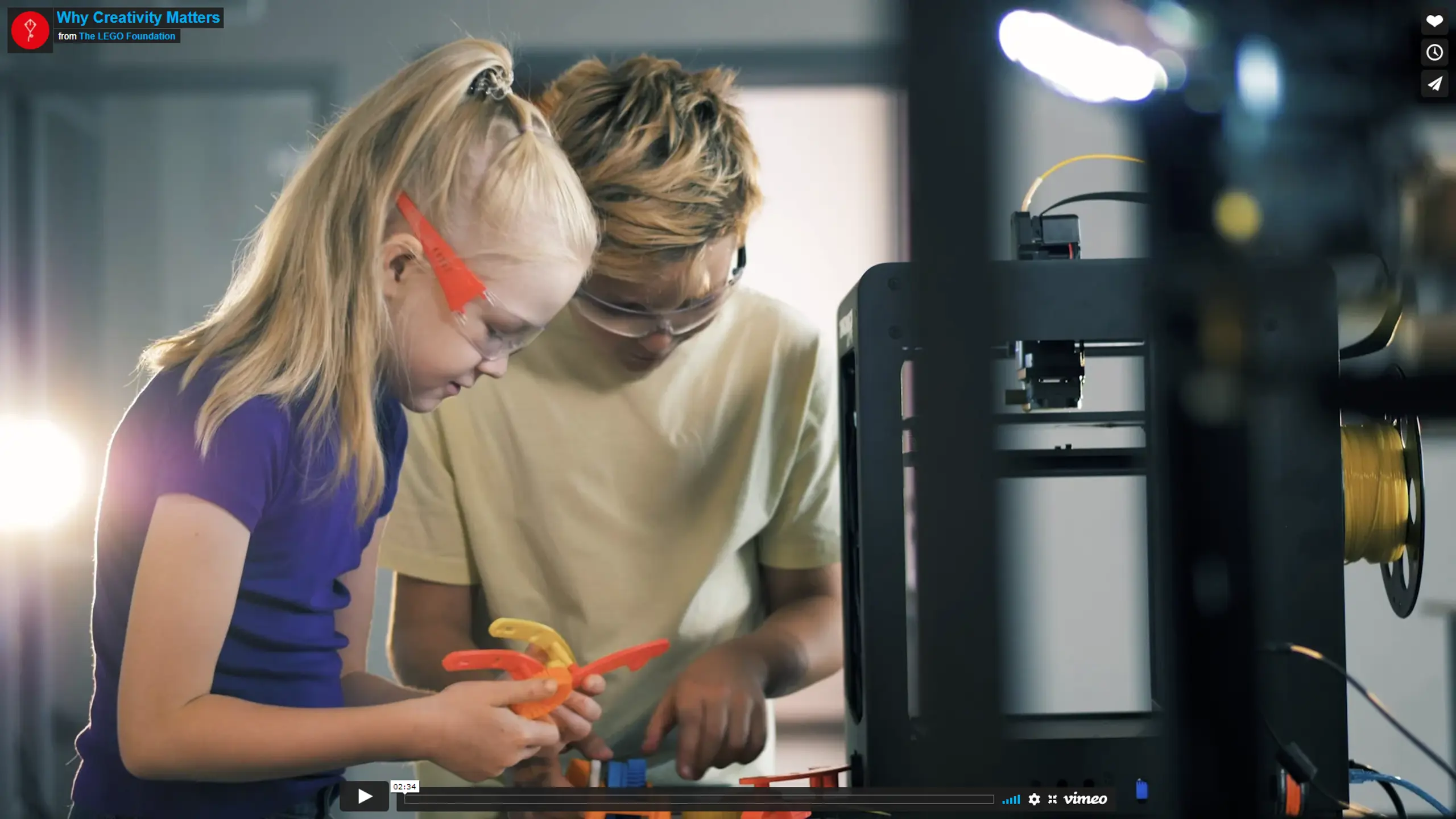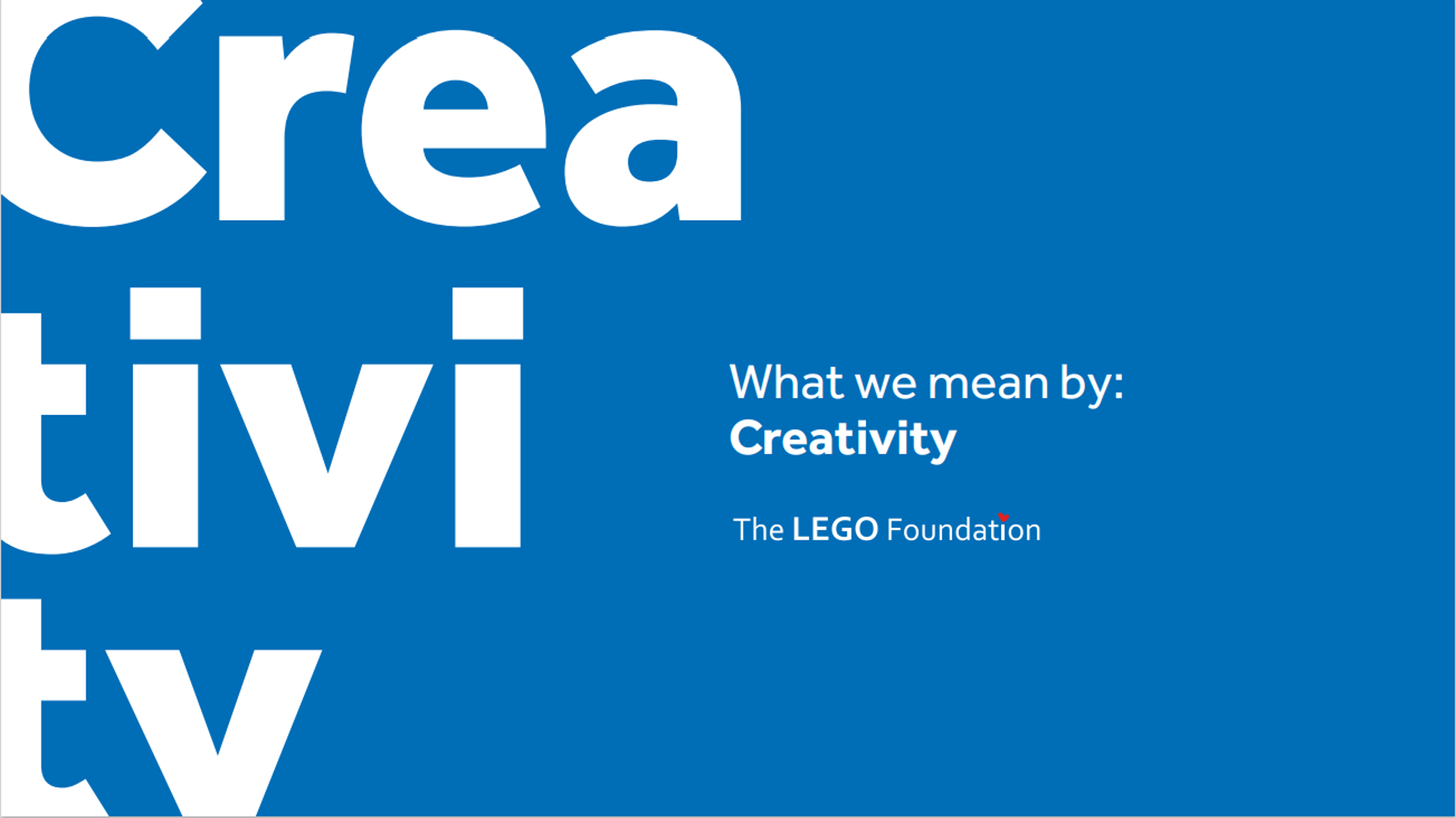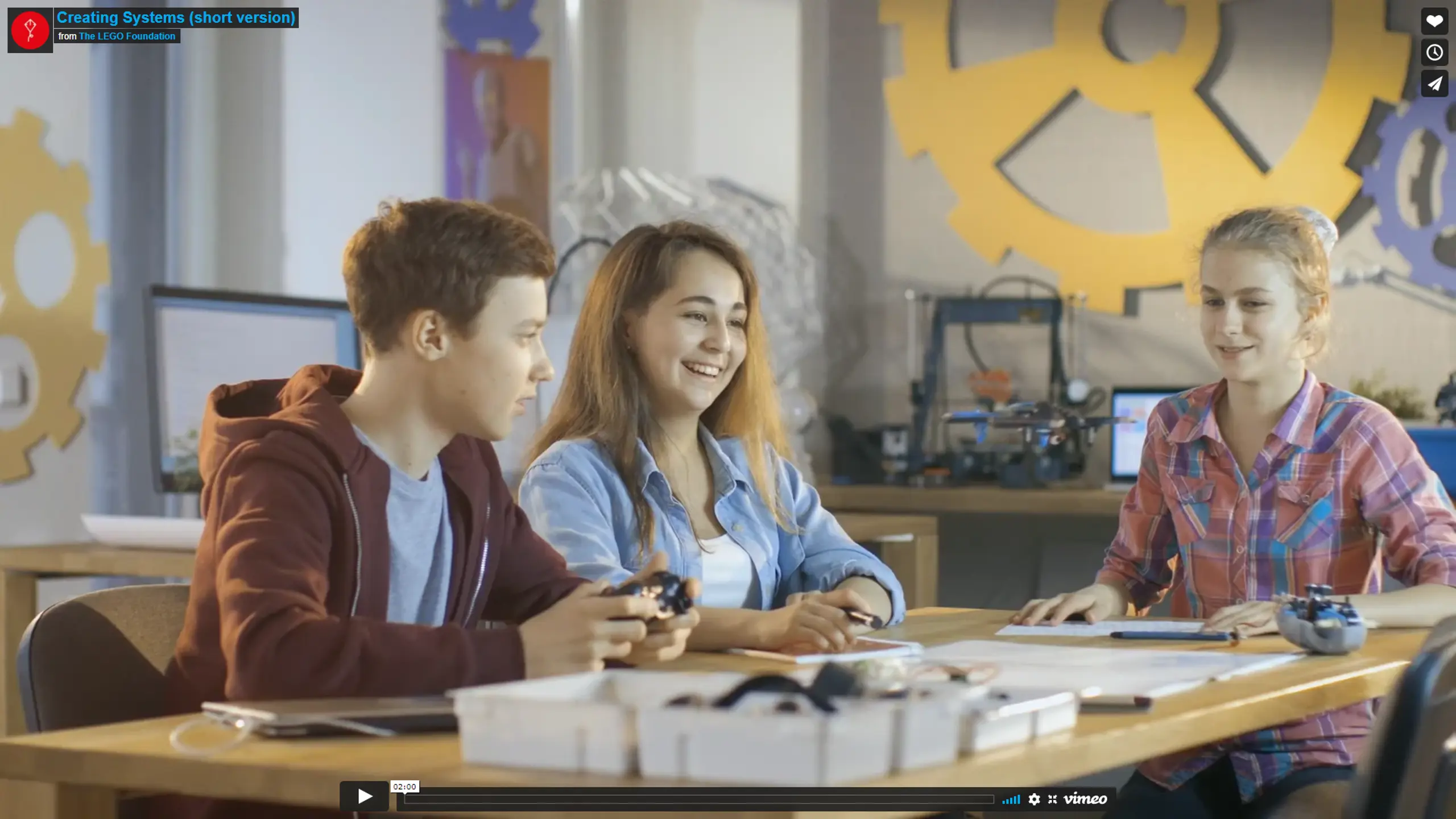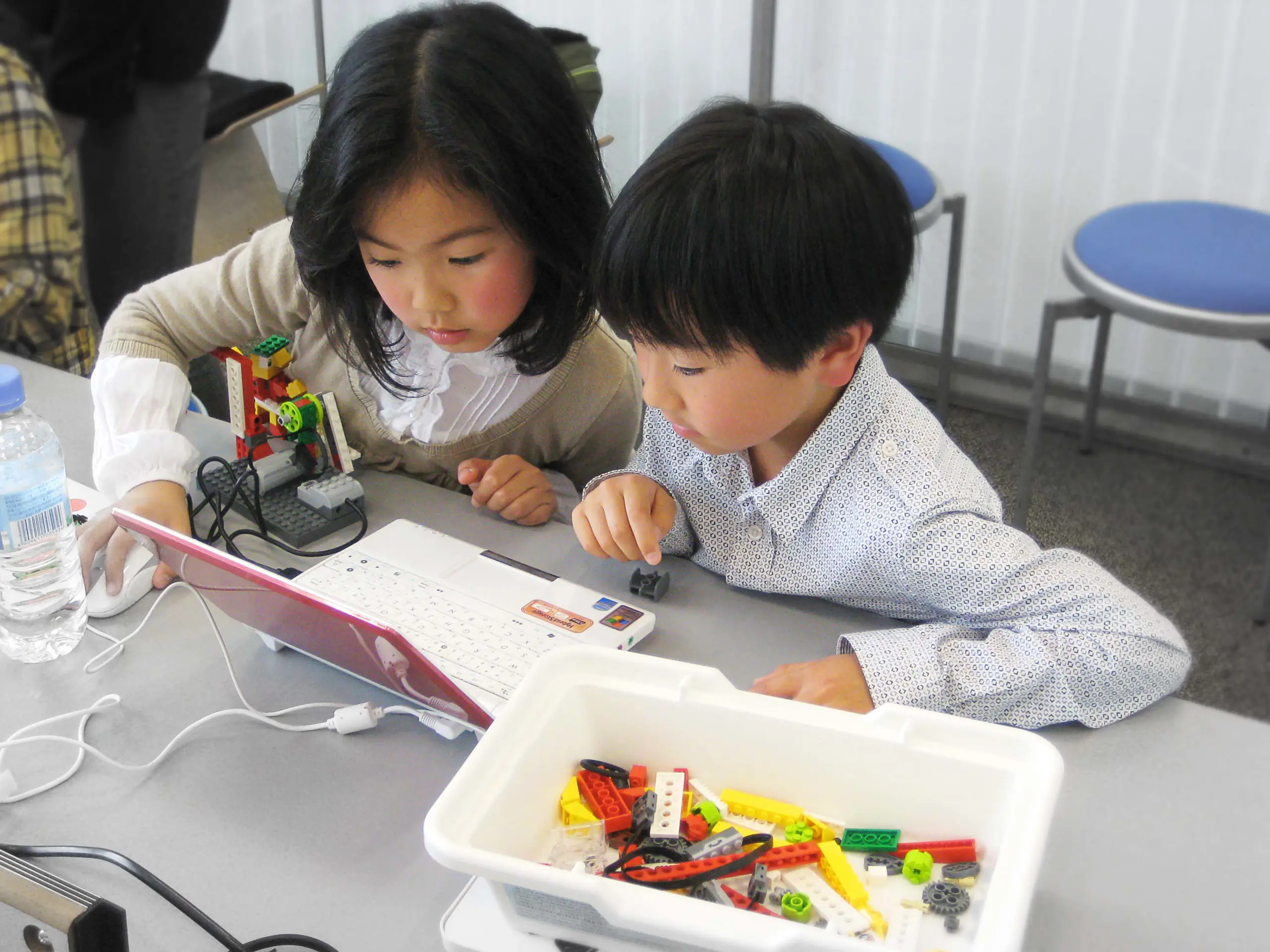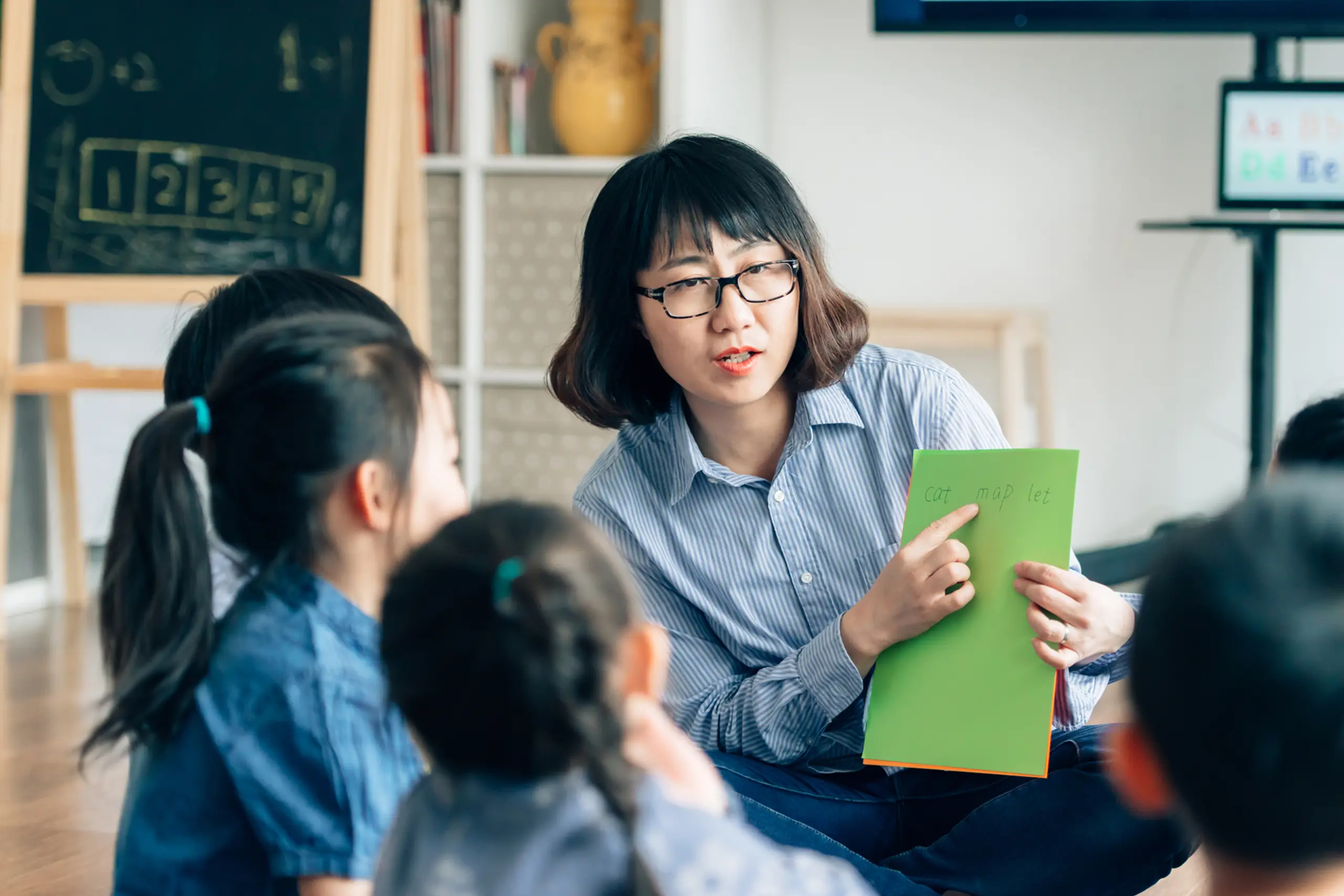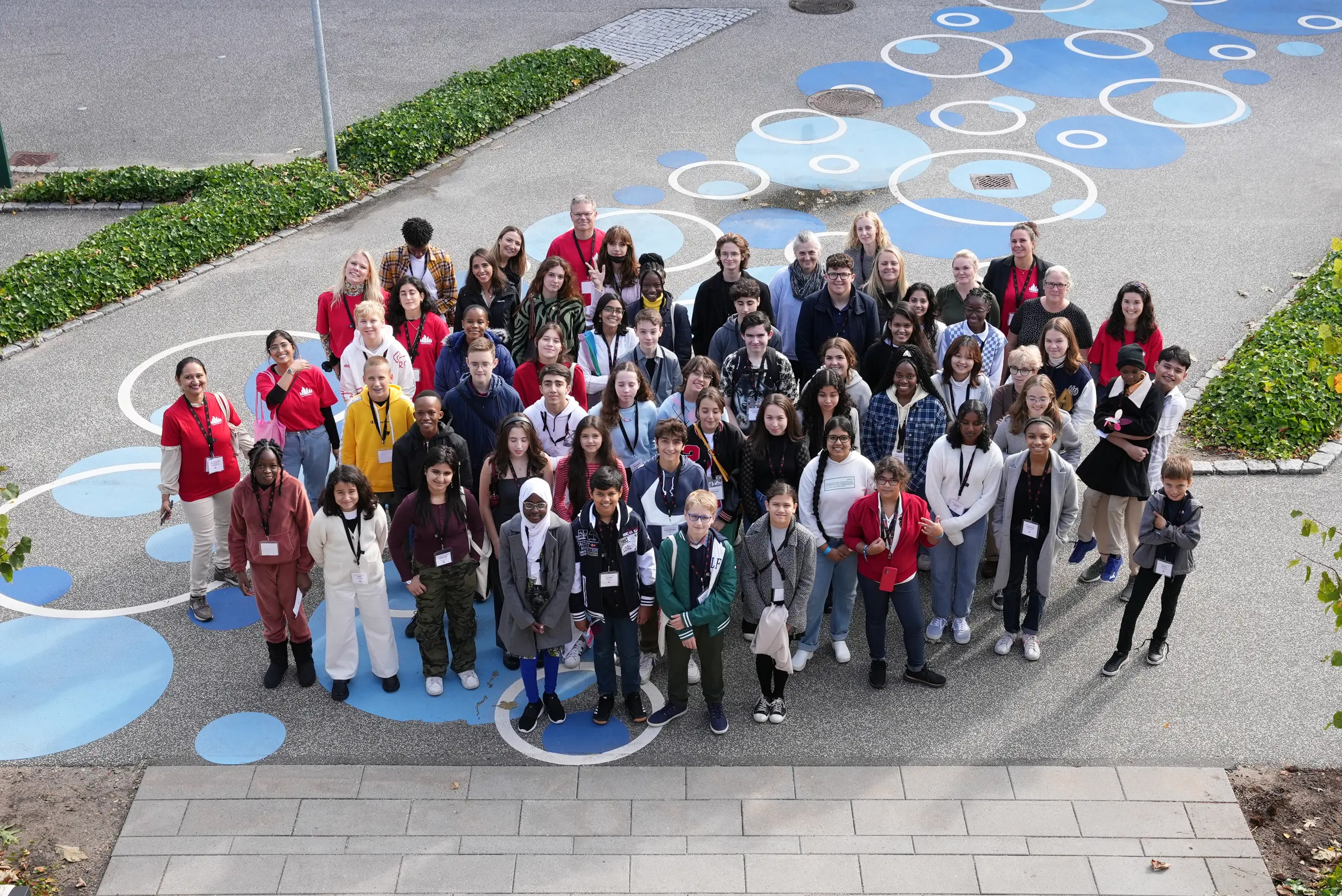Creativity is instinctive in children – and just as essential in adults. Here’s an introduction to what we know so far about why and how we should make space for children to hone creative skills.
Whenever we try out any idea, we’re being creative
It’s easy to see the creativity in building a stick fort in the woods, painting a picture, or even negotiating the rules of a game. But everyday moments build creative skills too. A child helping their parents adapt dinner when they’re out of a key ingredient is coming up with solutions, and seeing what happens when their ideas meet the real world. That’s the essence of creativity.
Creative skills last a lifetime – and that’s just as well
Connecting information from different sources, taking on board new ideas, testing them through trial and error: adults use these skills everyday, and they’re all creative.
So it’s no wonder business leaders now rank creativity as the most-wanted skill in the working world. Millions of children will grow up to do jobs that don’t exist yet, so creativity will help them adapt and thrive in any future. Big picture thinkers with finely honed problem-solving skills could even tackle our most pressing issues, from climate change to building a fairer world.
When we make learning more playful, we support children’s creativity
To nurture a generation that’s ready to take on any challenge, we need to give children the right environments to work out their creative muscles. That starts with taking a look at what makes play such a powerful tool for learning – and making sure children get the opportunity to use it.
